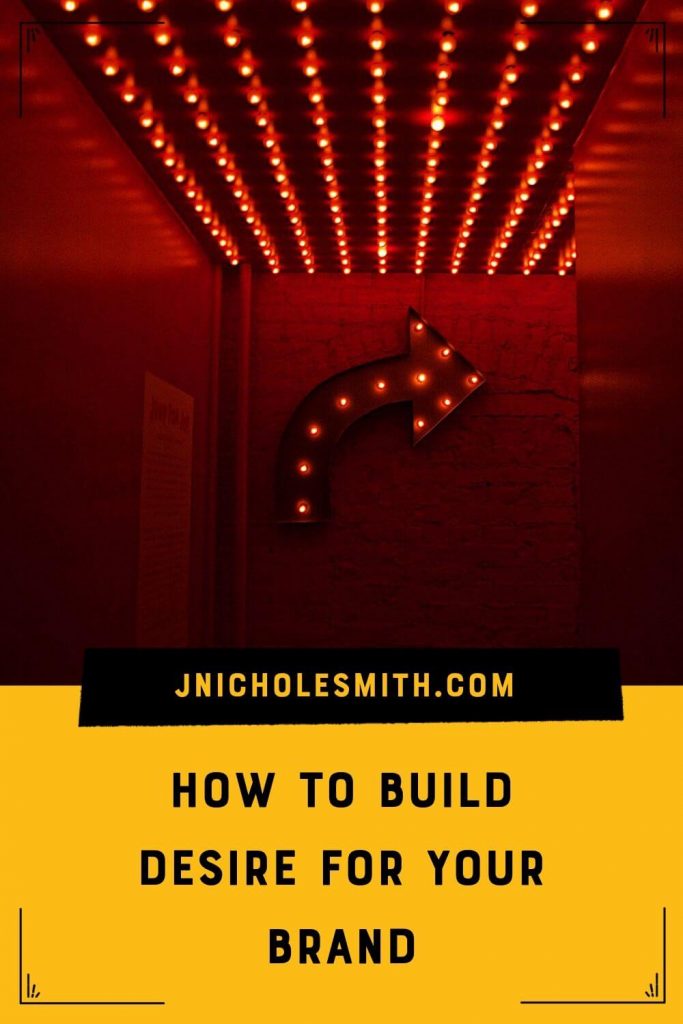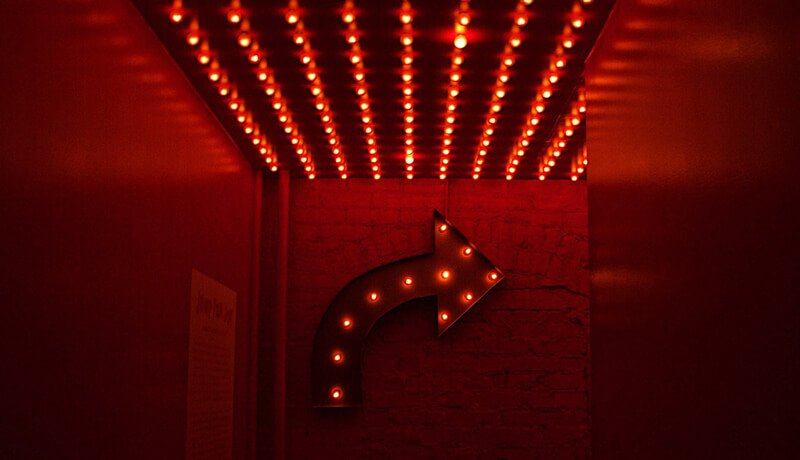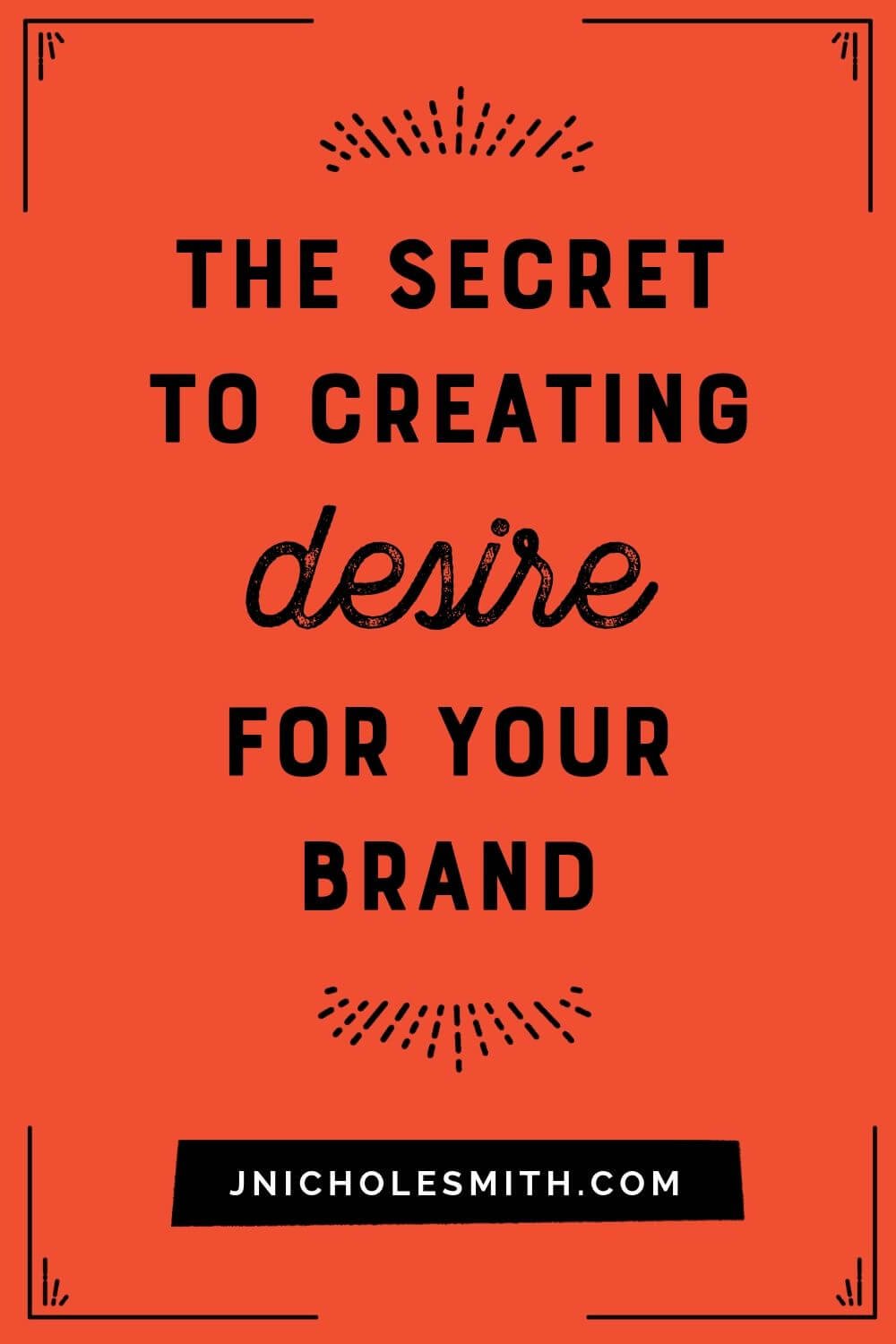Be the Fox Pee
One of the things you may or may not know about me, depending on how long you have been in our little universe here, is that I wrote a book called The Million Dollar Dog Brand, which is literally THE book on how to start and run and maintain a profitable, successful pet brand.
One of my favorite lines from that entire book is ‘Be The Fox Pee.’
Now that sounds weird, especially if you’re not an animal person or in particular, a dog person, because why on earth would you want to be near anything like urine, right? Sounds crazy. Well, what’s a really interesting fact is that apparently fox pee is one of the most stimulating smells in the world for dogs.
They love it. They go absolutely mental for it. They can’t deny it. They want to roll in it, lick it.
It’s weird, and those of you who have dogs, and maybe live in England where there are more foxes, understand this because you’ve seen your dog do it a hundred times, but it’s one of those things that dogs can’t resist.
And the line in the book ‘Be The Fox Pee’ is really relating to being absolutely insatiably absolutely crazy-making to your customers and clients that they absolutely are obsessed with.
Grab your free Brand Statement Worksheet Sheet
They can’t get enough of you want to hang out with you all the time. This is one of the great goals of a brand is to be the fox pee to their customers, and it does sound a little bit funny, but it’s actually quite important if you’re building a brand as a strategy rather than just being a business.
So today I want to have a look at some of the ways that you can build desire in your business so that you can be the fox pee so that people can’t get enough of you. It’s one of the things that makes it the most effective as a money making and profitability strategy.
Let’s make some magic, shall we?
One of the core reasons that you would want to build a brand instead of just a business is because brands are often more profitable. Another core reason is that they have what I call the brand advantage cycle.
Brand Advantage Cycle

So this is a cycle that happens to brands, that doesn’t happen to businesses, based on a few factors and it looks like this:
The first is that brands are more interesting. They’re more buzzworthy. They have more going on so they immediately get a little bit more energy. Word of mouth. They get featured in press. They sort of appear as overnight sensations, whether or not they are because they get more attention.
That leads into the second piece, which means they often have more demand because they’re getting all this free word of mouth marketing and press and excitement and energy. It’s easier for them to sell so their problems are less about selling enough and more about how to keep up with demand. They have waiting lists and it means they can charge more, so they end up making more money than the average business.
And then the third piece is one, all of that leverage and money turns into a sustainable business. These brands have more impact. They have more of a say. People come to them as authorities, they’re building really strategic partnerships and with extra profitability they’re able to have the impact in the world they want when it comes to doing good or giving profits back or making a difference and then that impact again goes into buzz and word of mouth because the more of an impact they’re making in the world, the more people are talking about them and it becomes this great cycle of advantage that brands have now.

Sounds pretty good, right?
Sounds like ‘Yep. I want that.’
One of the keys to actually making this happen is to create desire in your brand and this is a place where you might actually need to implement some help because not everybody has the instincts on how to do this, which is why you see some brands rise to the top, but I promise you, you can get help if you have no ideas about this and definitely come chat with us over at our Facebook group, and we can brainstorm together.
But what we’re looking at today is how to create that desire within your brand so that whether it’s a reporter or a buyer or just a bystander, people who interact with your rent are excited and they know right away whether they have to have it or it’s totally not for them.
You really, really, really do want to get people to be strongly opinionated about what you’re doing and that means that some people aren’t gonna like you. And this is where most of us really fail in the desire building because we’re working so hard to walk down the middle of the road and make everybody happy that we don’t delight or excite anyone on the road to not turning anyone off.
So keep in mind as we’ve been talking about with finding your weird and communicating your why, but this is another sort of uncomfortable piece of brand building because part of turning people on is turning other people off and that’s okay. That’s the goal. So let’s have a look in practical terms at what building desire means for a brand. Well. Partly what it means is building brand cool, which we are going to dive into in some future episodes and I’m going to break that down into lots of little pieces including words and visuals and experiences and artefacts.
That’s a huge part of building desire, but a little bit more top level. We’re looking at two fundamental things. We’re looking at building relationships and we’re looking at storytelling. We’re looking at connecting emotionally with people, which we’ve talked about in communicating our why, but we’re going to dive in a little bit deeper here. So when we’re looking at building relationships, what we’re trying to do as a brand is really, really connect with other human beings. And this again has to be authentic.
When you see huge corporations trying to do this, like by putting random names on Coke bottles for example, it’s like, yeah, great, I see that you’re trying to like bond with me, but, you know, Coke, you’re fine, but I don’t really want to bond with you. You’re a huge international corporation and you’re not my friend.
As an entrepreneur, you have the opportunity to make actual friends.
And part of actually building desire is really understanding your customers, which you genuinely can’t do if you’re not building a relationship with them. So this is a really important piece.
Now the other thing that we’re looking at here is storytelling.
And one of the most effective forms of storytelling is just showing up and being authentic. And just sharing from your brand’s standpoint. And this is what we’ve talked about a bit and our other communication topics in terms of being able to understand your ideal client, being able to understand what motivates them, what they need and what they’re scared of and what they want, and being able to use that language in your communication to connect with them.
But in addition to that, we want to be telling actual stories. Some of the most powerful stories you can tell in your business and brand are the success stories of your customers and clients.
So this is one of the things that a lot of us overlook because you know, it’s kind of a pain and we’ve got to collect them and we’ve got to ask for them. And most of us just don’t do it. But it’s one of the greatest stories you can tell to build desire for future customers is to tell the exact stories of how people who’ve worked with you already have succeeded by using your product or service or your method or whatever it is that you’re selling. So that’s a critical piece of storytelling. I encourage you to start implementing right away.
And it doesn’t matter how you’re telling those stories, whether it’s in writing or with video, with audio, by doing interviews, by getting people to write you testimonials or reviews with photos before and afters. There are so many different tools in order to do this, but make sure that this is something you’re doing at least a little bit hopefully on your homepage and in places like Instagram where you are doing that relationship building because it’s such a powerful way to build desire.
It immediately creates trust and it immediately helps people understand how you might be able to help them. Another important part of storytelling is your origin story and this is something we’re going to dive into and brand cool, which is giving people a very short, memorable way to tell the story of you and you need to give it to them.
If you give them two pages of a bio and how you got your start, they’re not going to remember that they’re not gonna read it and they’re not going to pass it on very well.
But if you give them a short, easily digestible way to explain why you exist, then they are probably going to be able to share that, to remember it, and to also feel good about supporting you because there’s something in that story that they connect with or that they love.
Now, a funny little story is, part of my freedom and fulfilment as an entrepreneur is I like to go and live in Europe for a couple of months at a time. My husband has a cycling travel business, so we get to go together and one of these times we are living in Lake Como and my mom came out for her birthday and I took her to Venice for the weekend, which was like the coolest thing, right?
We did a bit of shopping in Venice as you do when you’re an American on holiday. And we came through this little market and we were in, particularly in search of a leather journal. She really wanted a nice leather journal from Venice. And we went to booth after booth after booth in this market and saw some nice ones. And we came upon this one with this masterful salesman who was an incredible storyteller.
One of the things that he had done is on these leather journals, some of them had covers that had artwork on them, so it looked like pages from books or from maps or sheet music. Different types of covers. And he went through as we were browsing and he was telling us basically the origin of each one of these pieces of artwork. So this music was from this book, from this church in this city. And this piece of artwork came from this thing in this place.
And, and he was completely sucking us into this story, not only of how he handcrafts these products, but also the story of each of the products in and of themselves. And that they had history and then they had meaning that was beyond just being a leather journal with some artwork on it.
And the interesting impact of that is instead of buying one journal, my mom bought three and I bought two because we were buying stories, we were buying the actual origins of these products and we wanted to support this guy, not only because he was, you know, just a great storyteller and we really enjoyed building a temporary relationship with him, but also because he puts so much love into what he was doing and he put so much energy and effort.
It wasn’t like just walking into a bookstore and buying something mass produced and we felt good about our purchase because we felt like we were supporting a craftsman instead of just something really generic.
And this goes back to what we’re talking about in communicating our why, which is what your customer wants to feel about themselves. And for my mom and I, we wanted to feel like we were buying from an artist or that we were supporting someone local or craftsmen instead of just throwing money away on tap from, you know, an import from somewhere else.
It was part of our story about these artefacts that we wanted to take away from Venice. So think about this. When you are actually pulling together things in your brand, you actually probably are doing such amazing things in the way you craft your products or the way that you get continuing education for your services or the way that you make decisions about your pricing or what you’re including.
You put so much thought and energy into why you do the things that you do and actually telling the stories behind the products and services can be such an impactful way to get people to buy from you. And that is a core part of building desire. Now if you want a little bit more help with this whole storytelling concept, make sure you download the pdf that we’ve created there for you. But like I said if you want to chat about this stuff, if you want to brainstorm, come on over to our free Facebook group. That is the place where we all hang out and we together work on building brands instead of just businesses towards our own versions of freedom and fulfillment. So we’ve got some amazing enchanted rebels in there, and we would love for you to be one of them.
Grab your free Brand Statement Worksheet Sheet







